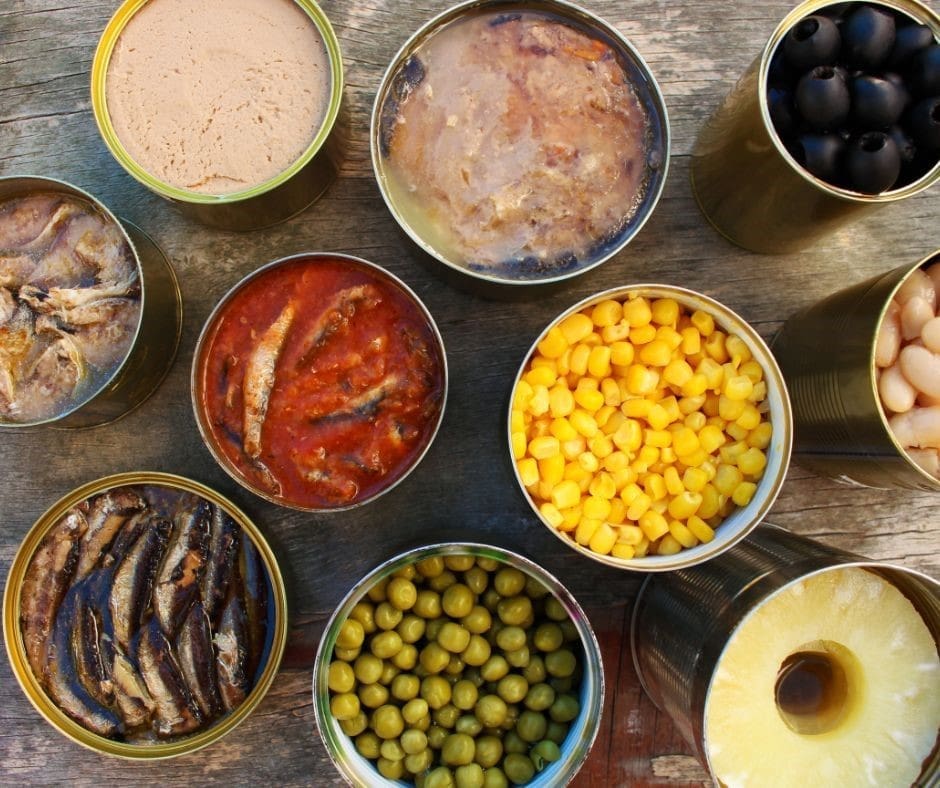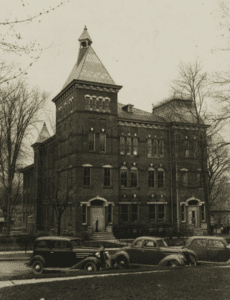By Trish Svoboda
Karen Blakeslee, a food scientist at Kansas State University, suggests that managing food preparation and storage during a power outage can be a “complex” task.
She said in the absence of a consistent power supply, like a generator, food may be subjected to temperature fluctuations, escalating the chances of foodborne diseases. Blakeslee also serves as the coordinator for K-State’s Rapid Response Center for Food Science.
Blakeslee pointed out that the growth of foodborne bacteria is at its peak between 40 and 140 degrees Fahrenheit, with the population potentially doubling in just 20 minutes. She referred to this temperature range as the “Temperature Danger Zone”.
In the absence of power, indoor cooking options become limited. She suggested using a fireplace, fueled by wood or gas, to grill food or wrapping food in foil and placing it in the fireplace.
Blakeslee strongly recommends that consumers keep a stock of non-perishable food items and disposable cutlery for emergencies. She suggests including items such as peanut butter, canned meats, whole grain chips or crackers, canned and dried fruits in your emergency food supply. She also said to remember pet food for your family pets.
Upon opening canned goods, they should be consumed immediately. Without the ability to refrigerate, leftovers cannot be saved for future consumption.
She also advises in the absence of running water to use disposable wipes or hand sanitizers. Include additional bottles of water and soap in an emergency kit.













